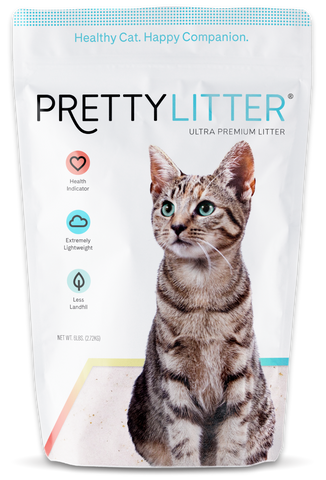You may have come across this article after researching more about cat hepatic lipidosis. Maybe your veterinarian mentioned your feline may have this and you are wanting to learn more. If your cat has recently been diagnosed with cat heaptic lipidosis, you may have questions about your pet’s diet and cat litter box habits. The following will help you better understand what cat hepatic lipidosis is, the symptoms, and the treatment involved.
What is Cat Hepatic Lipidosis?
Cat Hepatic Lipidosis, otherwise known as feline fatty liver disease, is a serious condition, which left untreated could be deadly. When a feline has cat hepatic lipidosis, often this is simply the underlying issue. There is almost always a primary issue at play, which can be inflammatory bowel disease, pancreatitis, or other bodily system inflammation. Your vet can help you determine if there are any accompanying problems when cat hepatic lipidosis is present. Cats most commonly affected by fatty liver disease include overweight and middle-aged felines.
Symptoms of Cat Hepatic Lipidosis

Early treatment of fatty liver disease in cats is crucial for recovery, therefore understanding the associated symptoms is going to play an important role in care. Noticeable symptoms include avoidance of food or little appetite for one to two weeks. You may also notice a gradual decline in your cat’s body weight. Other symptoms may include jaundice, vomiting, lethargy, or excessive drooling. Since cat hepatic lipidosis occurs when a cat is malnourished, noticing the first signs of food avoidance can help with early treatment.
It is important to watch out for subtle signs you may miss. Maybe your feline is avoiding the new food you have offered or possibly your pet is making fewer trips to the litter box. With avoidance to new pet food, this can quickly turn into cat hepatic lipidosis simply from the lack of nutrients. If you have offered a new pet food and you notice your pet is not interested in eating, consult a vet to ensure your cat’s health. If you notice your cat is making fewer trips to the litter box, than this could also be a sign of malnourishment that needs to be addressed. PrettyLitter is designed with your cat’s health in mind and works to keep moisture and odor away. Keeping a clean and tidy litter box for your feline is crucial to your pet’s health.
Treatment of Cat Hepatic Lipidosis

As previously mentioned, cat hepatic lipidosis requires early treatment for survival. It is recommended that your feline get proper care as early on as possible, as most cats who get treated within the first 96 hours stand a chance of going on to make a full recovery. Treatment usually requires lengthy hospitalization and can often be costly. After hospitalization, treatment at home is going to be just as important to your cat’s recovery. This will usually involve multiple doses of medication daily and possibly a feeding tube as well. Your vet can go over what the at home treatment will entail so that you can best meet the needs of your pet.
You should now have a better understanding of what cat hepatic lipidosis is, the symptoms, and the treatment involved. As previously mentioned, the fatty liver disease in cats is commonly treatable, if caught early and with proper veterinary care. If you have experience with cat hepatic lipidosis, we would love to hear about it! Comment below and share your experience to help others.
----
Don't forget to follow us on Instagram: @prettylittercats
----
Delivered straight to your front door, every month. We’ll even pay your shipping.



Follow Us